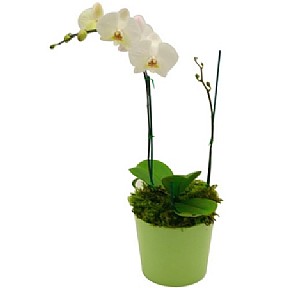There are many references to plants and flowers in the Bible, and most of these plants still exist in Israel today. Papyrus is perhaps one of the most well known and one of the most used for everyday purposes – these bulrushes can be woven together to make tents and small boats – Moses was placed in a papyrus basket by his mother, and the earliest paper was made from papyrus.
Food plants such as barley, wheat, leek and lentil grew abundantly. Barley was mainly used for feeding livestock and is not such a major crop in modern times. Melons, millet and maize were also abundant.
Flowers such as buttercups, hibiscus, poppy and lavender along with rockroses and violets all have a mention in the Bible. Isaiah wrote “the desert shall rejoice and blossom; like the crocus…”
Herbs and herbal remedies are also prominent plants and flowers of the Bible – sage, dill, marjoram and coriander for flavor and aloe – famous for its skin healing properties.
For beauty there is little to touch the wild tulip with its deep red color and classic tulip shape, and the orchid Helleborine with its many white heads and long stem, still found in the mountains of Israel.
Grapes deserve a chapter on their own. These would have been eaten fresh but also dried into raisins to spice up many dishes and provide sweetness when no longer in season. And of course grapes are turned into wine too – many stories in the Bible include mention of wine, notably the wedding in Cana where according to the Gospel of John, Jesus turned water into wine.
One of the most beautiful plants with a deadly secret is the mandrake or mandragora – beautiful for their violet colored flowers but they are of the nightshade family and with their hallucinogenic properties they are often used in spells and witchcraft. The Hebrew name for mandrake means ‘love plant’ and there are many that feel the properties of the plant will help a barren woman to conceive once more.
A wonderfully named bush is the ‘Vine of Sodom’ which grows on the shores of the Dead Sea. It is so named because it appears to be laden with luscious fruit, but the fruit has no edible flesh.
In Israel the plants and flowers of the Bible are a living testament to thousands of years of living from the land and enjoying the abundant beauty therein.













